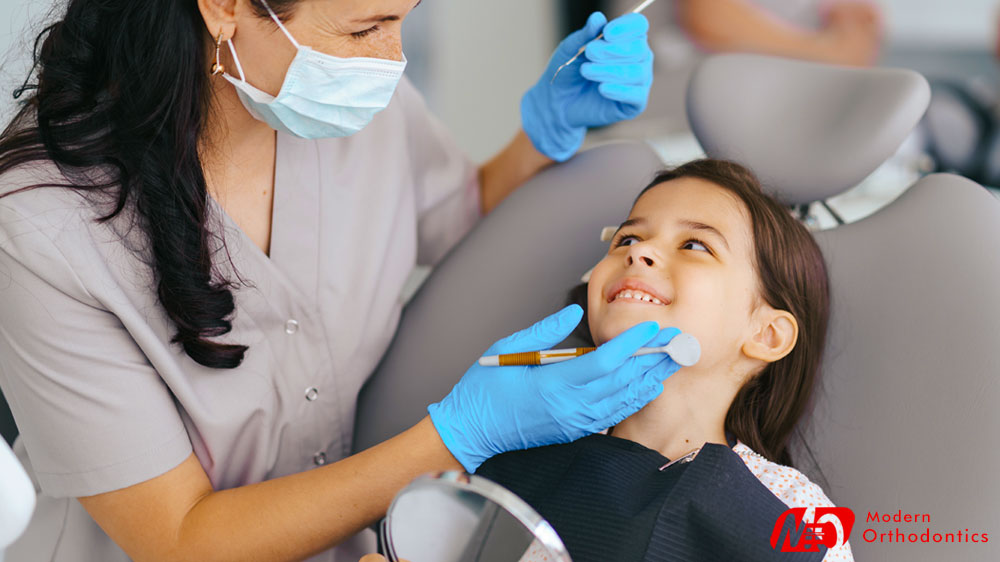As a parent, you want your child to have the best dental care possible. In many cases, that includes braces. This article explains what you need to know before your first visit with our practice.
One nice advantage of braces is the low maintenance. You won't need to worry about sticker strings or retainer fees. The treatment is also fully reversible, and you'll have a fixed smile without any cosmetic procedures. Orthodontics is the practice of correcting teeth that are not normal or straight. Malocclusion refers to any condition where the upper and lower jaws do not meet properly. Dental braces are orthodontic devices that are used to fix bites.
The first dental braces were invented by Dr. William Stanley Jarcho, a dentist who wanted an alternative to cutting off the patient's teeth. Dental braces have been around since the early 1900s, and have since helped millions of people correct issues with crooked and misaligned teeth. There are many different types of braces, including metal, ceramic, titanium, and invisible braces. In the 1940s plastic braces came onto the scene that allowed for removable appliances. Today there are many different types of orthodontic brace that have been developed to treat a variety of dental conditions.
Orthodontic care is necessary for many people with misaligned teeth or a bite that needs improvement. A quick orthodontic consultation can be completed by your dentist to check the state of your jaw and teeth. After this, they can figure out what option will work best for you. When the top and bottom teeth don't line up properly, the condition is called malocclusion. Orthodontists use braces to make sure that there are no gaps in the teeth, which can lead to health issues. Have you heard of braces? Braces help straighten crooked teeth. At this website, you can learn all about braces and find out if braces are a good option for your situation. If you're considering getting braces, do you know what they do? Most people think that braces are simply metal bands that go around your mouth and make your teeth stand out straight. But this is not the case. When you get braces, your orthodontist will first take impressions of your teeth, which will then be sent to a lab. There, a custom piece of metal called a bracket that fits over each tooth will be made. While you wait for the brackets to be created and produced, wires will be attached to them when the orthodontist places them on your front teeth. Clear plastic retainers will be worn while the wires are being adjusted until your teeth are aligned properly.
Why should you get braces ?
Braces can be helpful if you have crowded teeth, overlapping teeth, or spaced unevenly. Crowding happens when two or more adjacent teeth overlap, and it can lead to gum disease and cavities. Overlapping teeth cause problems with tooth decay and breath. Spacing issues happen when the teeth are too close together; they make you more susceptible to tooth decay. Having gaps between your teeth also leads to tooth decay.
How will my teeth feel after getting Invisalign?
Getting braces doesn't mean that you'll be in pain. In fact, many patients say that their teeth don't hurt at all. But some patients experience soreness or tenderness from wearing braces. This is normal and will go away after a few weeks.
Can I eat or drink anything immediately after getting braces?
Your orthodontist will tell you what foods and drinks are safe to eat and drink after getting braces. They will also give you specific guidelines on how often you can eat certain foods.
How Long Does it Take to Get Braces ?
The amount of time it will take to complete your treatment will vary, depending on the severity of your bite problem. The average time is between six months to three years.


